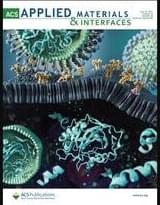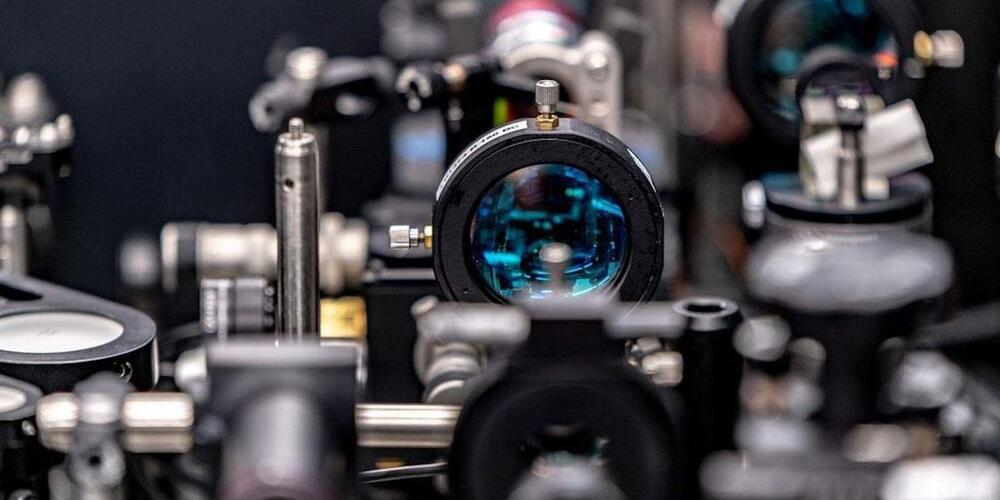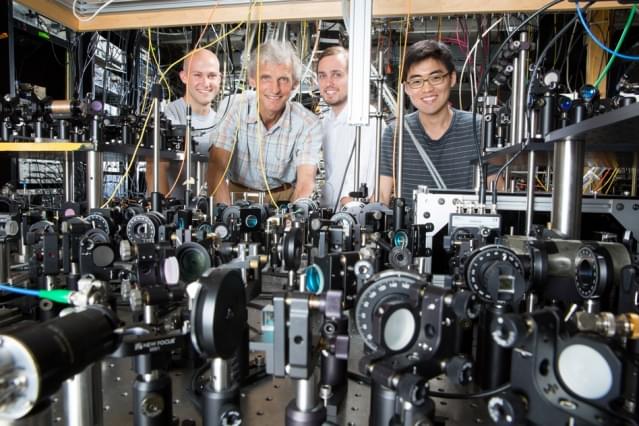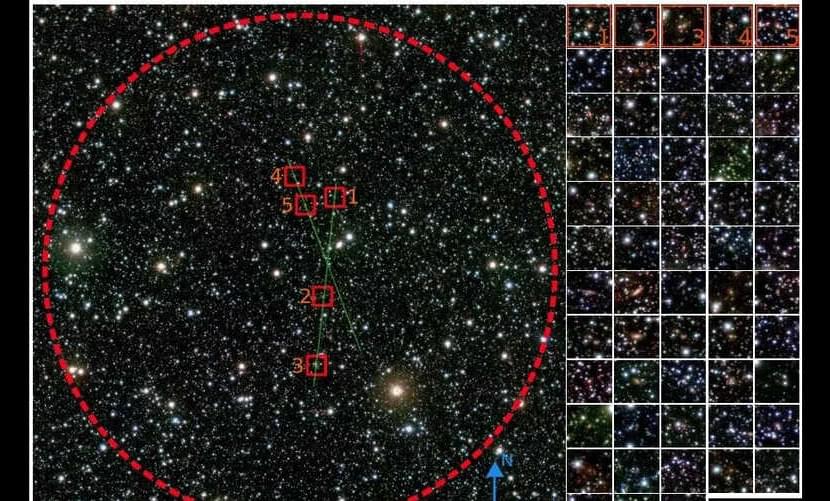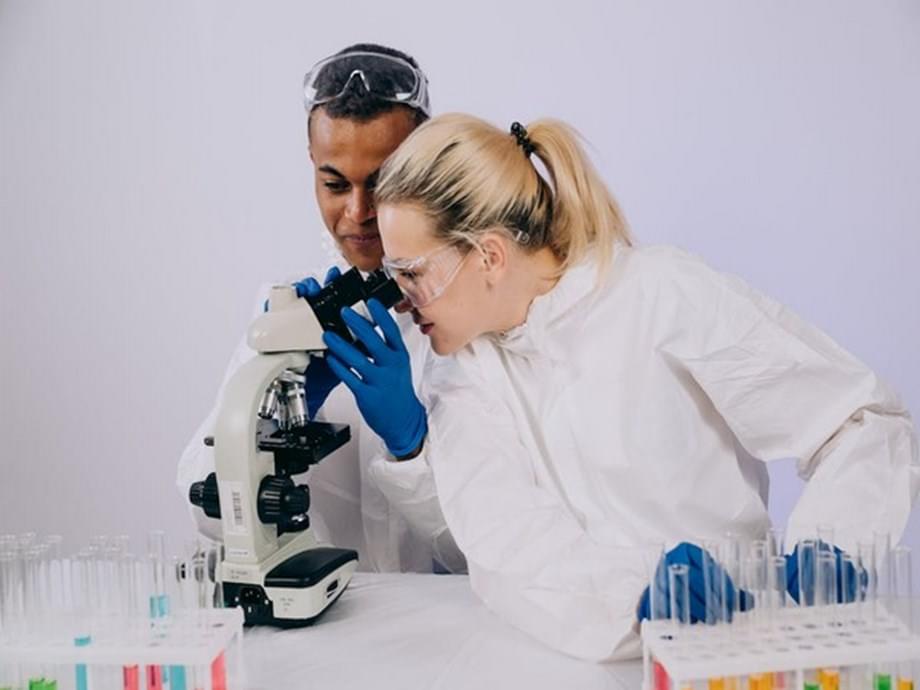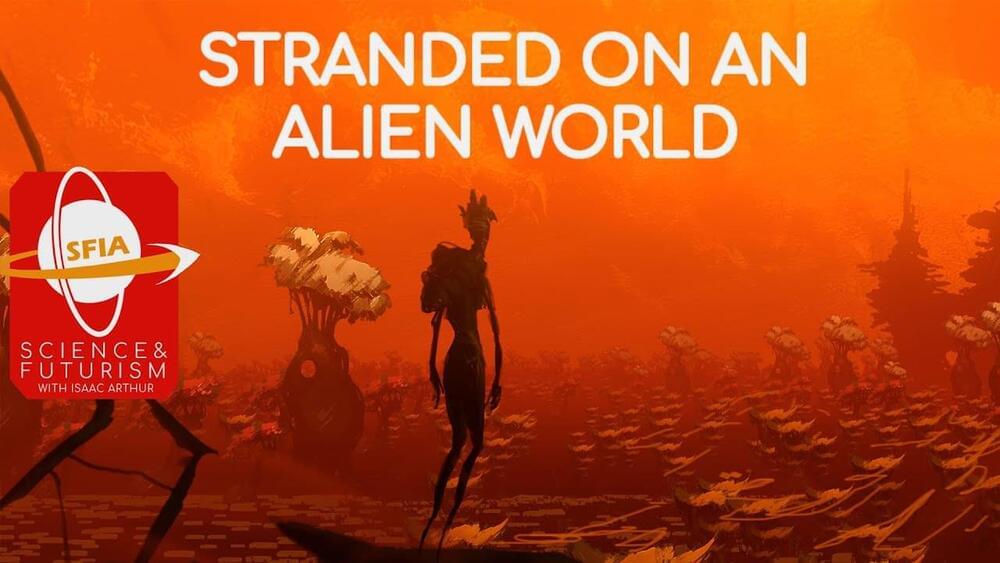Nov 13, 2022
Femtosecond Laser-Assisted Device Engineering: Toward Organic Field-Effect Transistor-Based High-Performance Gas Sensors
Posted by Quinn Sena in categories: computing, engineering
Organic electronic-based gas sensors hold great potential for portable healthcare-and environment-monitoring applications. It has recently been shown that introducing a porous structure into an organic semiconductor (OSC) film is an efficient way to improve the gas-sensing performance because it facilitates the interaction between the gaseous analyte and the active layer. Although several methods have been used to generate porous structures, the development of a robust approach that can facilely engineer the porous OSC film with a uniform pore pattern remains a challenge. Here, we demonstrate a robust approach to fabricate porous OSC films by using a femtosecond laser-processed porous dielectric layer template. With this laser-assisted strategy, various polymeric OSC layers with controllable pore size and well-defined pore patterns were achieved.
